Blog
Discover what’s new at PRA and get a fresh look at industry trends by checking out our blog.
-
Blog

3 x 3: Nine Reasons NYC is the Best City —Straight from our Team
Danielle Cirami-Gillis, Dana Schwartz, and Kiersten Olson share why NYC is the ultimate city for business events and beyond.Read more3 x 3: Nine Reasons NYC is the Best City —Straight from our Team
-
Blog
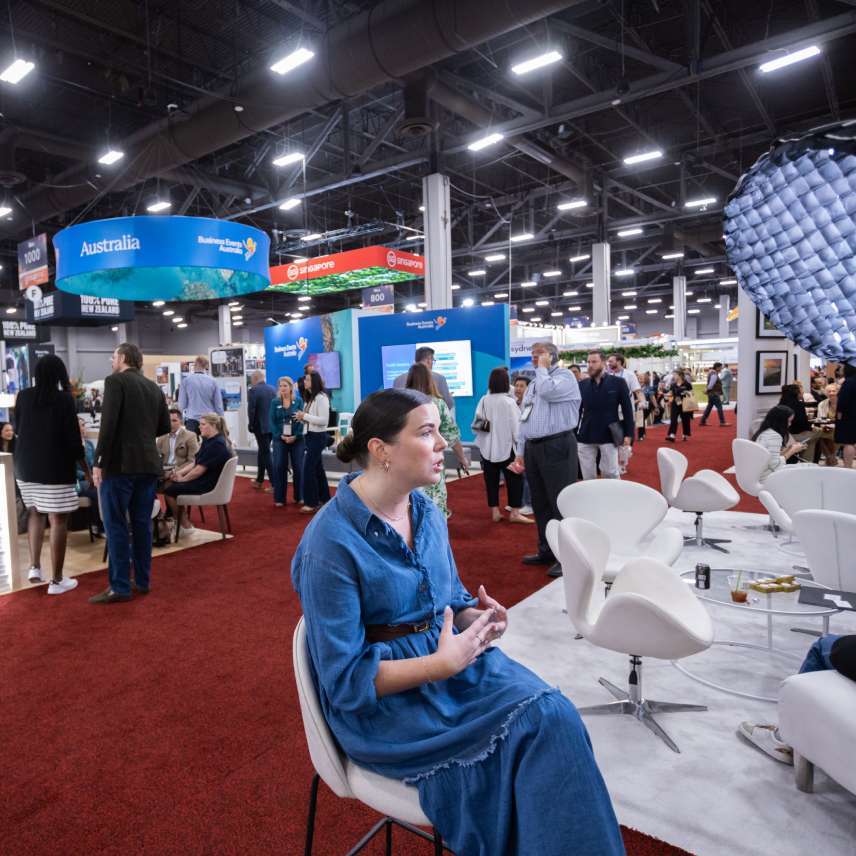
IMEX America 2025: A first timer’s perspective
Sara Travis shares her IMEX insights and pro-tips. It’s already time to mark calendars for IMEX America 2026.Read moreIMEX America 2025: A first timer’s perspective
-
Blog

Where Next Begins
Next begins now at PRA as we unveil our new, reinvigorated brand. We didn’t just make a visual shift.Read moreWhere Next Begins
-
Blog
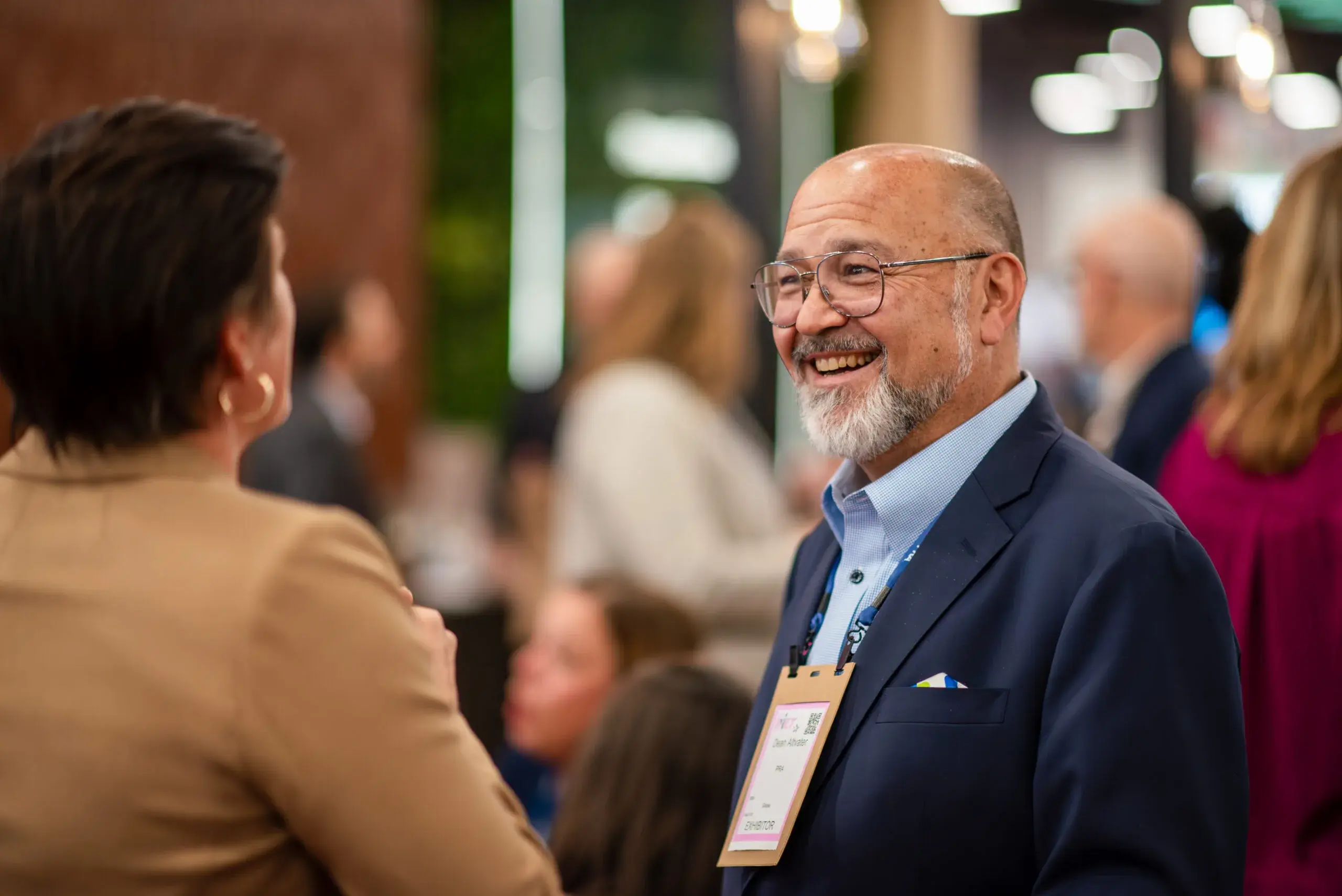
PRA Mourns the Passing of Dean Altvater
Honoring Dean Altvater, a transformative leader in the events industry, whose legacy of excellence, mentorship, and kindness will be deeply missed.Read morePRA Mourns the Passing of Dean Altvater
-
Blog
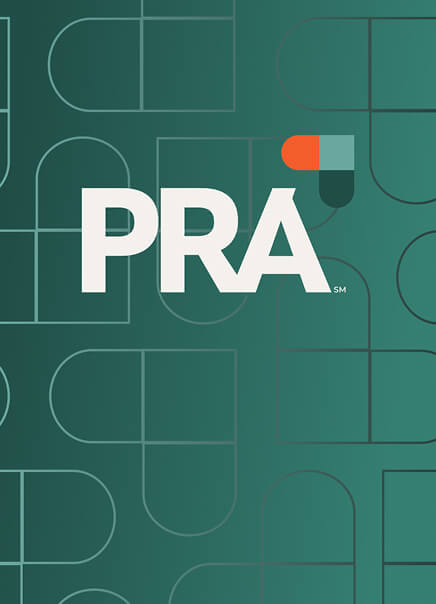
Go Plastic Free in July
Join millions in reducing plastic waste this July with eco-friendly products like bamboo utensils, compostable straws, and refillable water stations for greener…Read moreGo Plastic Free in July
-
Blog

PRA Turns 40!
PRA celebrates its 40th anniversary, highlighting decades of delivering impactful business events and launching initiatives like the Defining Moments campaign a…Read morePRA Turns 40!
-
Blog

The Flow of Water + Events
Reduce water waste at corporate events with PRA's tips on sustainable planning, from venue selection to food choices. Ensure your events have a minimal water fo…Read moreThe Flow of Water + Events
-
Blog

Beyond the Booth – Tips for Creating Value for Event Sponsors
Boost event sponsorship value with digital strategies. Learn how to integrate sponsor content, brand identity, and immersive experiences for better engagement a…Read moreBeyond the Booth – Tips for Creating Value for Event Sponsors
-
Blog
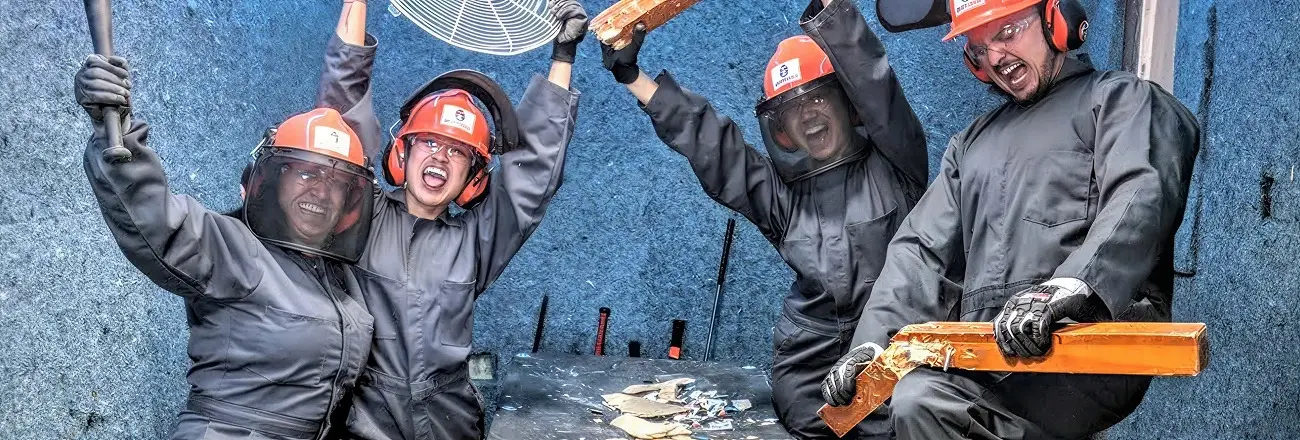
Destruction Rooms – It’s All The Rage
Discover the therapeutic benefits of destruction rooms for team building events, where breaking objects can relieve stress and foster a sense of calm.Read moreDestruction Rooms – It’s All The Rage
-
Blog
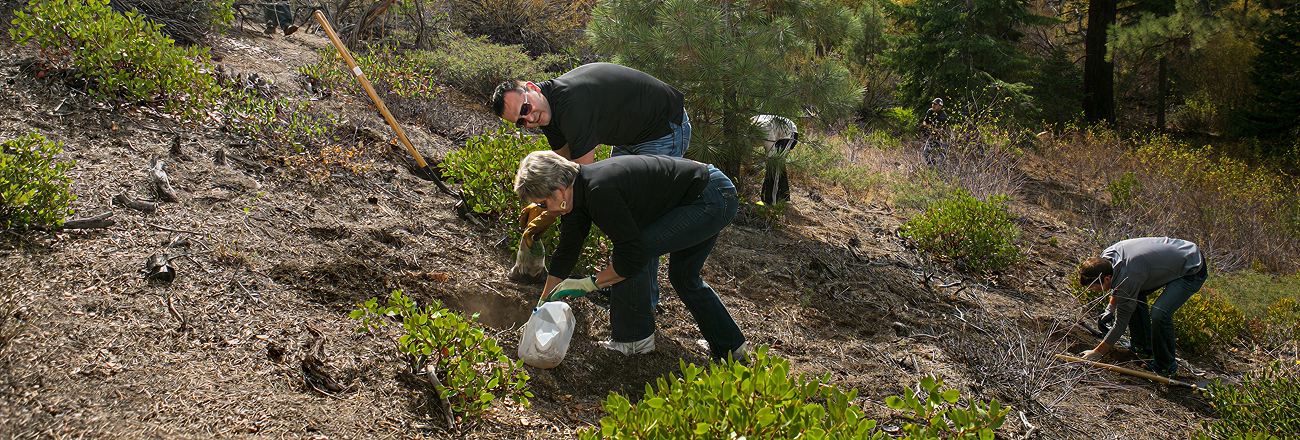
Do Good and Give Back – PRA’s Tips for a Successful CSR
Discover effective CSR ideas to engage your team, give back to the community, and reduce your carbon footprint. Learn how to incorporate charitable efforts into…Read moreDo Good and Give Back – PRA’s Tips for a Successful CSR
-
Blog
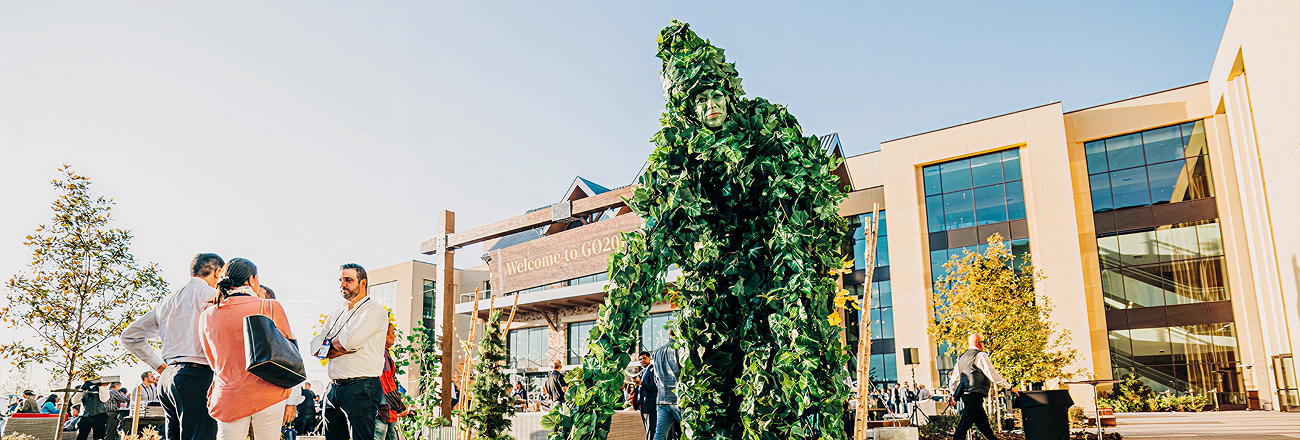
Self Sustainability During Business Travel
Learn essential tips for sustainable business travel to minimize your environmental impact and promote self-sustainability during events. Discover how to travel…Read moreSelf Sustainability During Business Travel
-
Blog
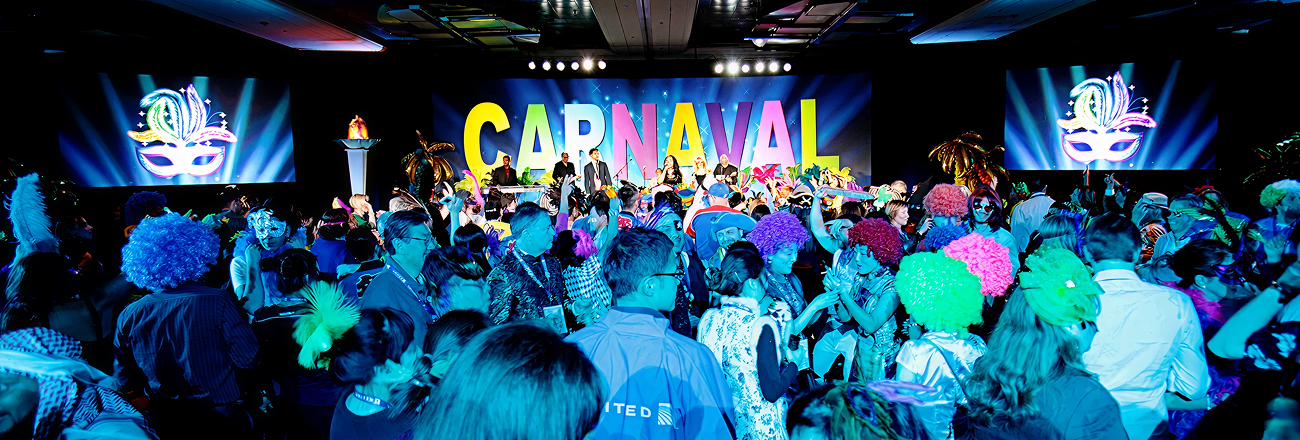
ROI of Events: The Metric of Success
Learn how to measure the return on investment (ROI) of your events and improve future planning with creative strategies and metrics for success.Read moreROI of Events: The Metric of Success
-
Blog
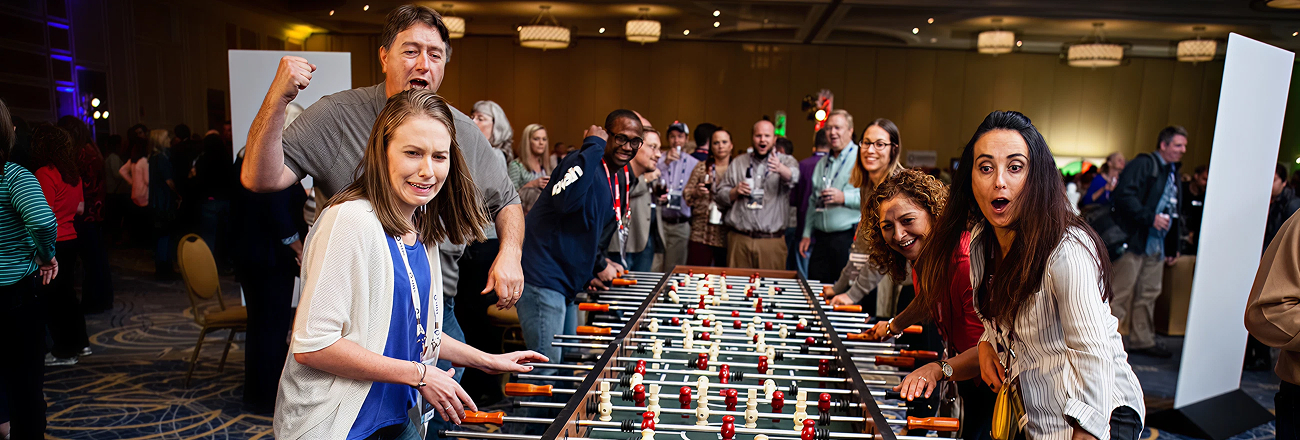
The FUNdamental Part of Events
Discover how to infuse fun into business events with creative ideas like photo booths, gamification, and quirky activities to boost engagement and participation…Read moreThe FUNdamental Part of Events
-
Blog
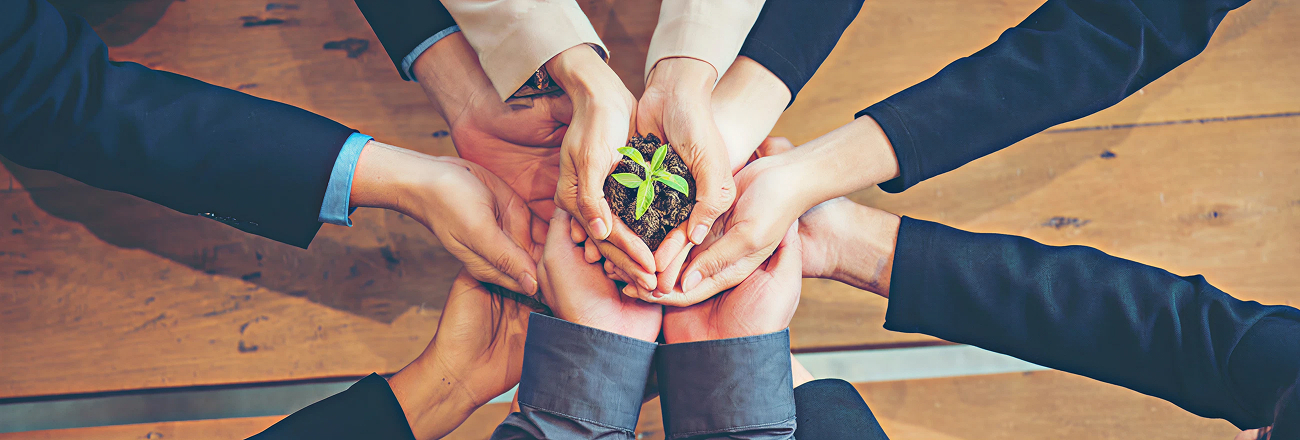
7 Ways to Go Green at Events
Discover 7 practical tips for making your events more sustainable, from reducing food waste to sourcing local materials and promoting eco-friendly transportatio…Read more7 Ways to Go Green at Events
-
Blog

Fuel Your Foodies without Breaking the Bank
Discover cost-effective and sustainable strategies for event catering, from mindful meals to zero waste initiatives, ensuring meaningful networking without brea…Read moreFuel Your Foodies without Breaking the Bank
-
Blog

Importance of Supplier Partners
Effective supplier partnerships ensure exceptional event experiences through aligned goals, volume discounts, and exclusive offerings, enhancing client satisfac…Read moreImportance of Supplier Partners
-
Blog
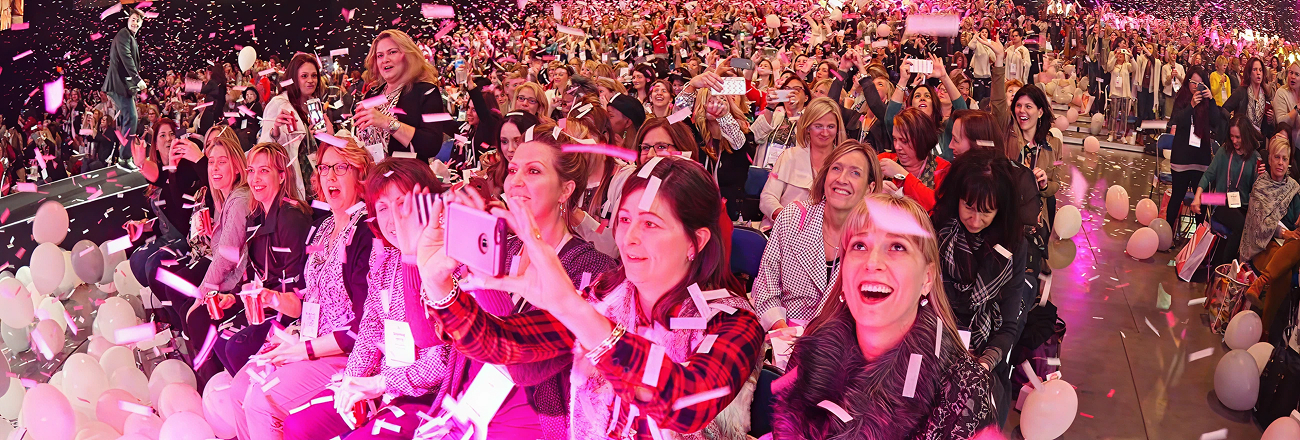
Connecting a Multigenerational Audience
Discover effective strategies to engage a multigenerational audience at your events, ensuring all age groups stay connected, participative, and enlightened.Read moreConnecting a Multigenerational Audience
-
Blog
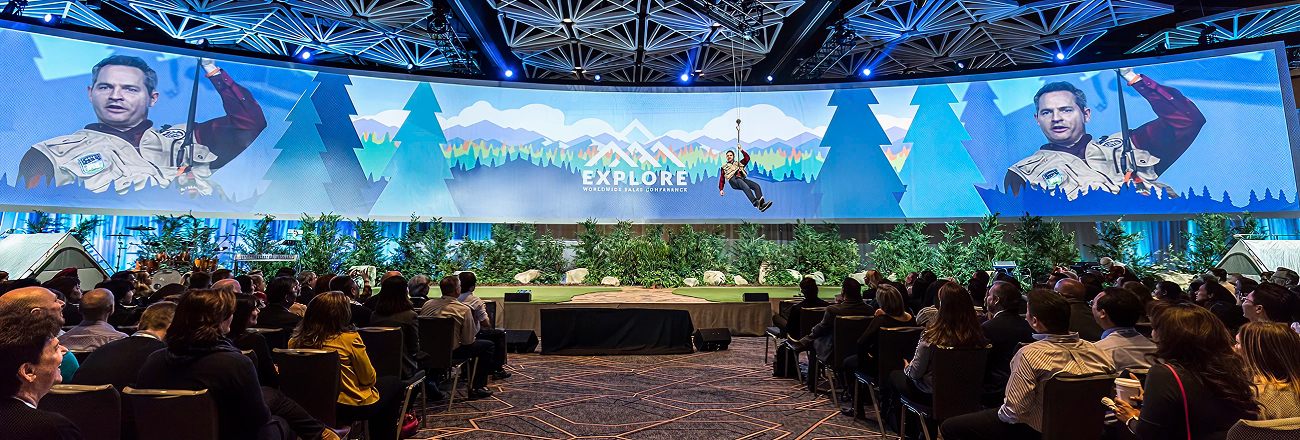
What Do Meeting Attendees Really Want?
Discover what meeting attendees truly want from events, including engagement, networking, and ease of information, to create memorable and impactful experiences…Read moreWhat Do Meeting Attendees Really Want?
-
Blog
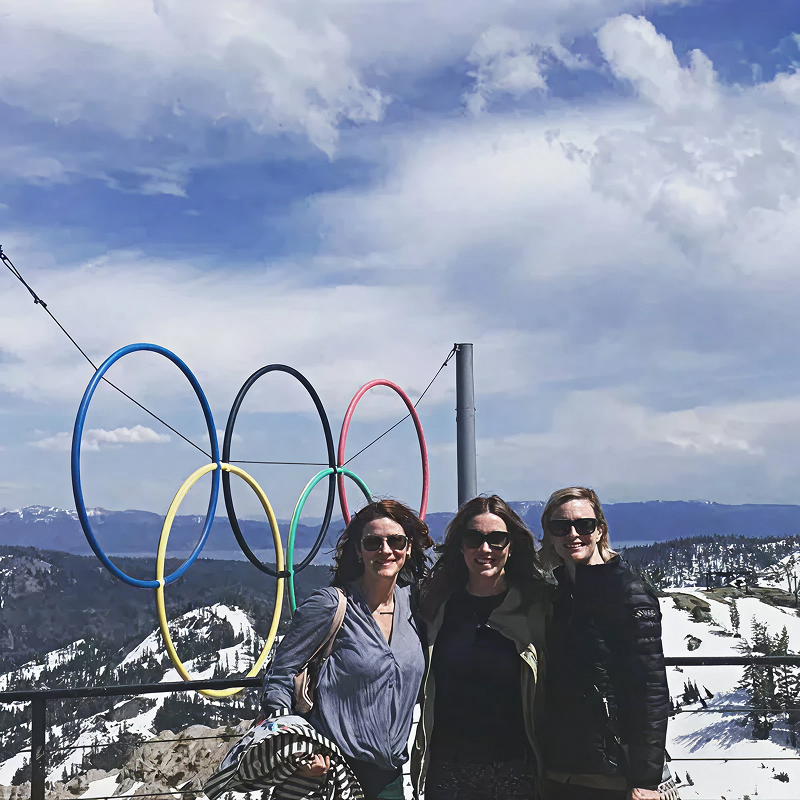
10 Steps to the Perfect Site Inspection
Essential tips for a successful site inspection to ensure your next program's triumph. Learn how to plan, assess, and collaborate effectively for memorable even…Read more10 Steps to the Perfect Site Inspection
-
Blog

Team Building that Builds Teams
Explore unique team building ideas to enhance communication, energize staff, and foster stronger workplace bonds through exciting, interactive activities.Read moreTeam Building that Builds Teams
-
Blog

Ditch the Burnout: Manage Your Energy, Not Your Time
Discover how managing your energy instead of your time can prevent burnout and enhance productivity in the event planning industry. Learn tips to renew and insp…Read moreDitch the Burnout: Manage Your Energy, Not Your Time
Be an insider
Subscribe for fresh insights, inspiration, and the latest updates.
Let’s Build What’s
Next Together
Trust PRA as your go-to industry-proven partner for everything from city-wide large-scale logistics to intimate high-touch experiences.
Let’s Connect
Tell us about yourself and your event, and one of our experts will reach out to you shortly!